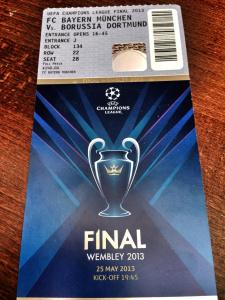In 1841 the Scottish journalist and future Alloa Athletic fan Charles Mackay published his most famous work – an essay that today is the piece of work that every Premier League club religiously reads each summer when talk turns of ticket pricing. The Extraordinary Popular Delusions and the Madness of Crowds focused on the herd-mentality of people and how it influenced prices.

His 8 step model to document the steps to how crowds breed collective insanity is as follows. Whilst in this example we use ticket price, the transfer market is an equally valid case study:-
1. Extraordinary conditions occur in the footballing world such as a team getting promoted to the land of milk and honey, or in the case of some also ran sides (Swansea City, Stoke City, Hull City, Spurs) they win a trophy or get into European competition.
2. Success means ticket prices rise in tactical ways – match day walk up tickets for instance.
3. News of price rises is published to great dismay among supporters
4. Mass discussion on forums/social media normally leads to comments like “well you don’t have to go”.
5. Other clubs notice. They put their prices up too, thinking that despite not having any success, that it’s the trend in football, blaming agents fees or lack of TV money.
6. Crowds breed collective insanity – the tipping point is reached
7. Football eats itself, the club gets knocked out of Europe in 1st round because the manager fields a weakened team to concentrate on the Premier League. Results are poor, manager is sacked and club goes into free-fall.
8. Attendances fall, club realises they need to drop ticket prices.
Earlier in the season, the BBC published its study of the cost of watching football in this country. Essentially, the research was a pile of rubbish. Instead of going to do the research themselves (type in club website into browser, find page that says “tickets”, note down prices) then sent a survey to each club. So when West Ham responded and said their cheapest ticket for a Premier League game was £20, people thought “wow, that’s good value”. However, that priced ticket was only available for 1 game this season, the pre-Christmas match versus Leicester. It wasn’t the averaged priced one, which is over DOUBLE that. Ticket prices continue to outstrip inflation simply because of the theory above.
So there you go – the Theory of collective insanity in a nutshell. Next time your club puts its prices up blaming players wages you’ll know it’s really that pesky Alloa Athletic fan, Charles Mackay, to blame.

